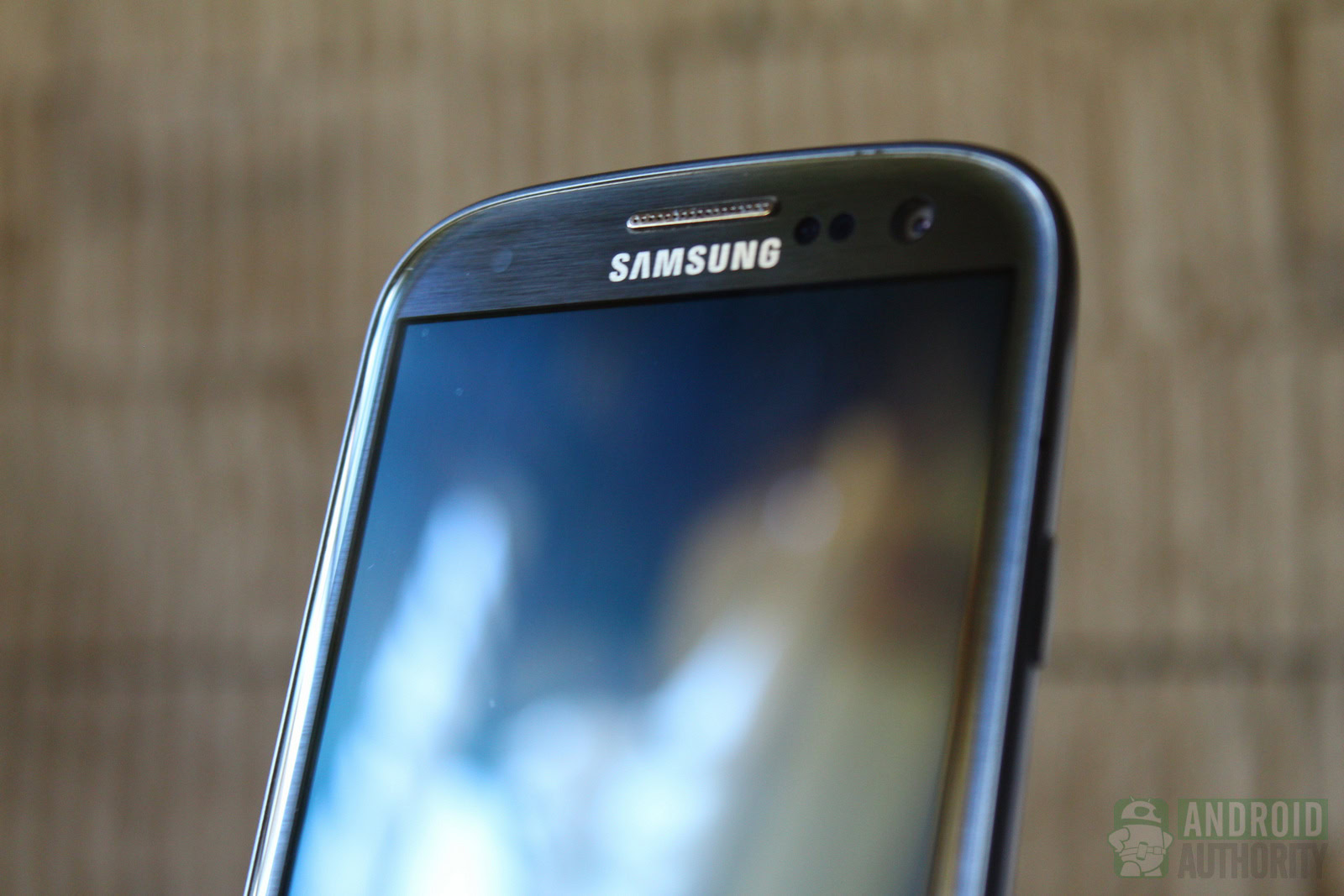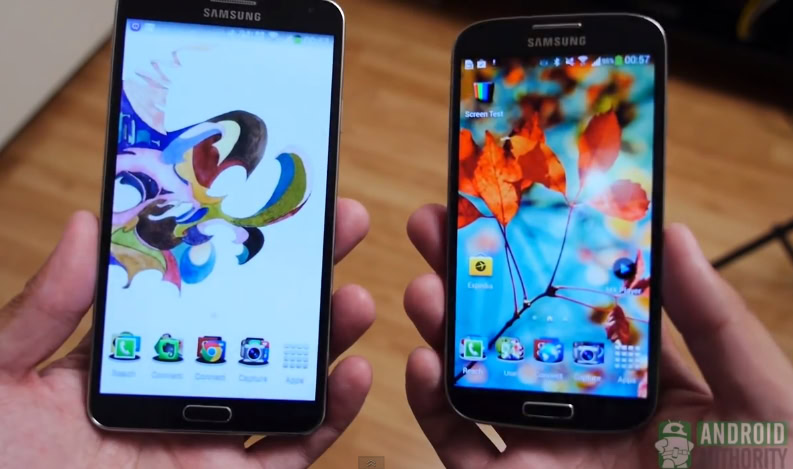Affiliate links on Android Authority may earn us a commission. Learn more.
Reuters: Samsung to spend $14 billion on ads and marketing for Galaxies, other products this year

Samsung is apparently on track to spend $14 billion this year on advertising and marketing in order to sell more Galaxy handsets and other products, but ads will not always work in its favor.
Reuters reports that the Samsung’s promotion budget this year is actually bigger than Iceland’s entire GDP, although we’re not surprised to hear that the South Korean company is willing to pay even more cash on ads, TV spots and promo offers to sell its plethora of devices. Last year alone it spent $12 billion on similar endeavors, and the company’s marketing efforts were quite successful, at least in the mobile department. Of that total marketing budget, the company spent $4.3 billion on ads alone last year. Comparatively, Apple only spent $1 billion on advertising.
Samsung is selling a wide variety of Galaxy-branded Android handsets thanks to its increase ad spending sprees, from high-end Galaxy S and Galaxy Note generations to entry-level and mid-ranged devices. Similarly, Samsung is promoting many other products as well on top of mobile devices. And Samsung is not willing to dial down its marketing budget in the near future, even if the money it spends doesn’t always bring back the expected results, whether it’s lower sales or adverse public opinion.
According to the publication, Samsung’s marketing and product placement campaigns have been criticized on more than one occasion: a short-film contest finale at the Sydney Opera House and a Britain X-Factor talent show featured “blatant” Samsung product placements, while a New York-based Galaxy-related ad campaign as well a South Africa washing machine launch portrayed Samsung as a sexist company that showed “giggling women chatting about jewelry and nail polish” while men were talking smartphones, and swim-suit dancers, respectively.
In addition to increasing sales, one of the purposes behind these ads is for the company to be perceived by consumers as an innovator instead of a fast-follower. But that image is not that clear to observers just yet:
“Our product innovation and marketing strategy have made Samsung the world’s most preferred smartphone brand,” J.K. Shin, who also heads the group’s mobile business, told investors recently. “Now we’ll move from the most preferred brand to become one of the world’s leading aspirational brands.” […]
“Samsung’s marketing is too much focused on projecting an image they aspire to: being innovative and ahead of the pack,” said Oh Jung-suk, associate professor at the business school of Seoul National University. “They are failing to efficiently bridge the gap between the aspiration and how consumers actually respond to the campaign. It’s got to be more aligned.” […]
“When your brand doesn’t have a clear identity, as is the case with Samsung, to keep spending is probably the best strategy,” said Moon Ji-hun, head of brand consultant Interbrand’s Korean operation. “But maintaining marketing spend at that level in the longer term wouldn’t bring much more benefit. No one can beat Samsung in terms of (ad) presence, and I doubt whether keeping investing at this level is effective.” […]
As for its mobile ads – and we have shown you most of Samsung’s Android-related TV ad campaigns – the company continues to push its “Next Big Thing” slogan when promoting flagship Galaxy-branded devices. Some ads are funnier than others – usually the ones that take hits at Apple go viral – while others are more product-focused and informative. Also worth mentioning is that some ads feature lots of stars, whether we’re talking about actors or famous athletes that help Samsung promote its smartphones and tablets. What’s clear is that so far, this ad policy has worked in Samsung’s favor no matter what critics have said, helping it to amass huge market share in the mobile business. Profits came along as well, probably convincing Samsung that it’s worth allocating bigger and bigger budgets for upcoming product promotion.
But at the same time, we’ll note that despite increased marketing efforts this year, the company was not able to sell as many Galaxy S4 units as it has initially planned – various reports suggest. At least, we’re yet to hear about Galaxy S4 topping Galaxy S3 sales. Similarly, the Galaxy Gear smartwatch is yet to see the sales success Samsung may have envisioned before launch, despite being heavily promoted in many markets.

Comparatively, Apple still manages to pull in more profits from the mobile business with a more limited product lineup, a significantly smaller market share and a more conservative ad spending practice. Compared to every other company in the top 20 companies by sales, Samsung spends the most on ads and promotion, at 5.4% of revenue. Apple only spends 0.6% on similar purposes, while General Motors spends 3.5% of revenues on ads and marketing. Research firm Ad Age concluded that despite these differences in ad spending, Samsung brand is valued at $39.6 billion, which is less than half that of Apple.